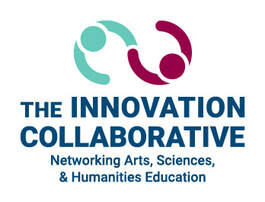 Christi Wilkins, Executive Director of Dramatic Results, Gabriel Gaete from the Long Beach, California, Public Library, and Andrew Watson, member of the Innovation Collaborative Board of Directors, led a panel presentation on developing community partnerships to a group of approximately 40 leading arts education administrators and advocates at the Arts Education Partnership’s annual convening in Fall, 2019. The presentation, Systemically STEAM: Tips for Forming a STEAM Ecosystems, discussed how organizations in Long Beach, California, and Fairfax, Virginia, leveraged cultural, economic, and educational institutions to support STEAM learning in their communities. Andrew shared how teachers built a grassroots STEAM movement in Northern Virginia and how they eventually built an ecosystem around an education hub. Christi and her teammate, Gabriel Gaete, discussed how they collaborated to build a Saturday and summer learning program to engage students who were gifted, but low-income. They also shared a STEAM Ecosystem Mapping Tool created with the help of Dr. Stacie Powers from Philiber Research and Evaluation to help other organizations build their own STEAM Ecosystems.
0 Comments
Your comment will be posted after it is approved.
Leave a Reply. |
|||||||
